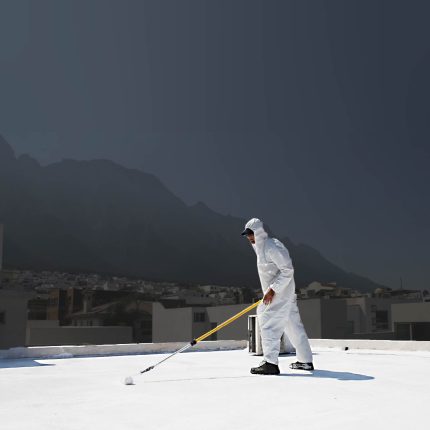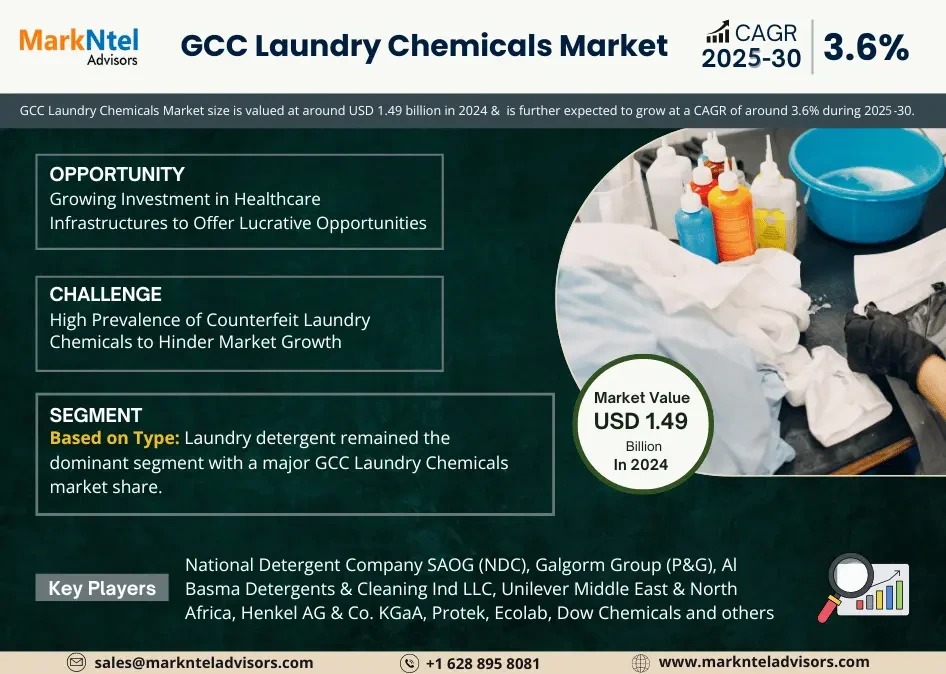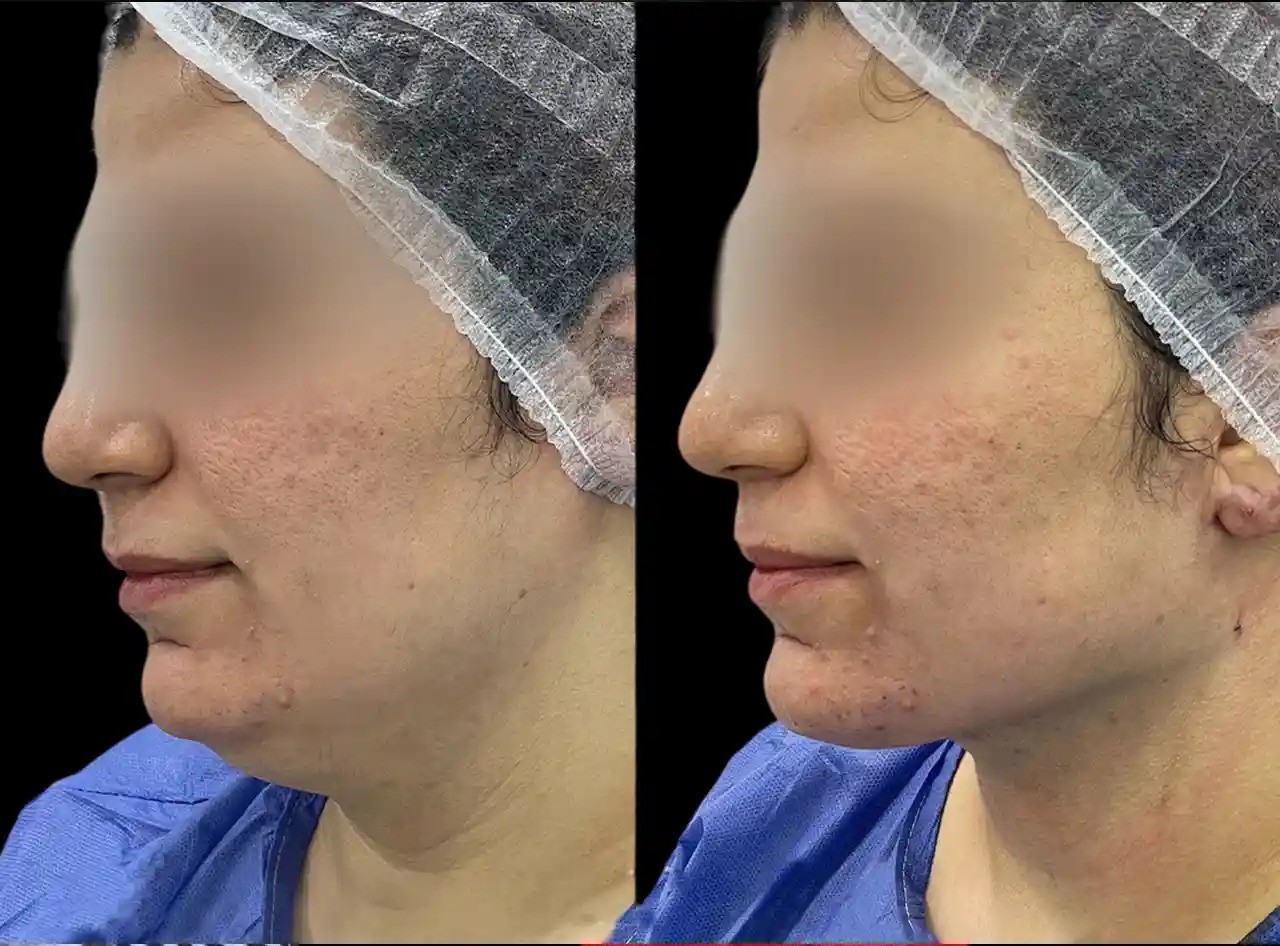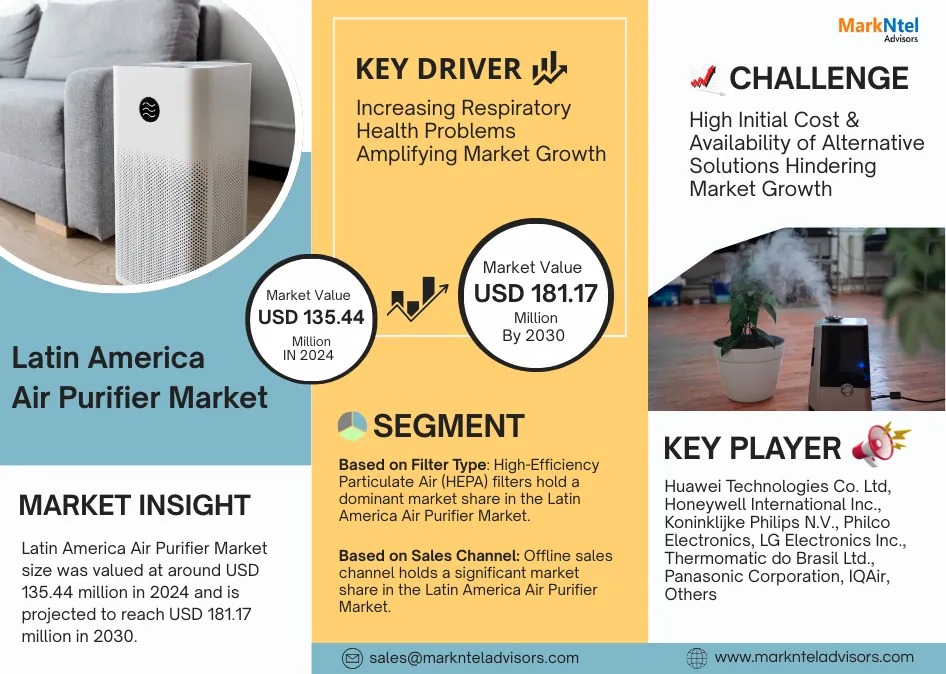
Introduction
Rooftop waterproofing is a critical aspect of building maintenance, especially in regions with harsh climates like Dubai. The combination of extreme heat, occasional rainfall, and high humidity levels makes rooftops particularly vulnerable to water damage, cracks, and premature deterioration. Among the various waterproofing solutions available, Acrylic Waterproofing in Dubai UAE has emerged as a highly effective, durable, and cost-efficient method.
This step-by-step guide will walk you through everything you need to know about the acrylic waterproofing process—from surface preparation to post-application care—tailored specifically for rooftops in Dubai. Whether you’re a property owner, facility manager, or contractor, this guide provides the insights needed to make informed decisions and achieve long-lasting results.
Why Choose Acrylic Waterproofing for Rooftops?
Acrylic waterproofing is a liquid-applied system that creates a seamless, flexible, and UV-resistant membrane over the surface. Its ease of application, compatibility with various substrates, and ability to withstand thermal movements make it a top choice for rooftop protection in hot climates like the UAE.
Benefits of Acrylic Waterproofing
- UV and Heat Resistance: Essential for Dubai’s scorching summer temperatures.
- Seamless Application: Reduces the risk of leakage through joints or seams.
- High Flexibility: Expands and contracts with the rooftop surface.
- Low VOC and Eco-Friendly: Safer for the environment and occupants.
- Easy Maintenance: Can be recoated or repaired without removing the old layer.
Step-by-Step Guide to Acrylic Waterproofing for Rooftops in Dubai
Step 1: Surface Inspection and Assessment
Before applying any waterproofing system, a thorough inspection is vital. Check for cracks, moisture retention, debris, oil stains, and previous coatings. Identifying underlying issues ensures that the waterproofing application will be effective and long-lasting.
Key Considerations:
- Examine the surface gradient for proper drainage.
- Identify hairline cracks or structural damages that need repair.
- Test for trapped moisture in concrete using a moisture meter.
Step 2: Surface Cleaning
The success of acrylic waterproofing depends heavily on surface preparation. A clean substrate ensures better adhesion and longevity of the waterproof membrane.
Cleaning Methods:
- Pressure Washing: Removes dust, grime, and loose materials.
- Wire Brushing: For small or intricate areas.
- Detergent Wash: To eliminate oil, grease, or moss.
- Allow the surface to dry completely before moving to the next step.
Step 3: Crack and Joint Sealing
Cracks, gaps, and joints need to be filled to prevent water seepage. This is where MS Sealants in Dubai UAE come into play. These high-performance modified silane sealants are ideal for sealing horizontal and vertical joints, expansion gaps, and cracks on concrete surfaces.
How to Apply:
- Clean the crack or joint thoroughly.
- Mask off the area to prevent smearing.
- Apply the MS sealant using a caulking gun.
- Smoothen the sealant with a spatula for a neat finish.
- Allow it to cure for the time recommended by the manufacturer.
Step 4: Priming the Surface
Primers act as a bonding agent between the substrate and the acrylic waterproofing membrane. Applying a primer improves the adhesion and reduces the porosity of the surface.
Priming Tips:
- Use a water-based or solvent-based acrylic primer as specified by the waterproofing product.
- Apply evenly with a roller or brush.
- Allow the primer to dry completely, typically 4–6 hours.
Step 5: Applying the First Coat of Acrylic Waterproofing
Once the surface is primed, the first coat of Acrylic Waterproofing in Dubai UAE can be applied. This layer acts as the base coat and penetrates surface pores for strong bonding.
Application Guidelines:
- Stir the waterproofing material thoroughly.
- Use a brush or roller to apply the coat uniformly.
- Maintain the recommended thickness (usually 0.5 to 1 mm).
- Pay special attention to joints, corners, and drainage outlets.
- Allow 6–8 hours of drying time (or as per product specifications).
Step 6: Reinforcement Layer (Optional)
In high-stress areas like joints, corners, and penetrations, a reinforcement mesh or fabric may be embedded between coats to enhance durability and strength.
How to Reinforce:
- Lay the fabric while the first coat is still wet.
- Press it gently to eliminate air bubbles.
- Ensure it is fully saturated with the coating.
- Let it dry before applying the second coat.
Step 7: Applying the Second Coat
The second coat is applied perpendicular to the direction of the first coat to ensure complete coverage and eliminate thin spots.
Best Practices:
- Use a roller or spray machine for even application.
- Monitor the thickness to meet the recommended total dry film thickness (DFT).
- Avoid working under direct sunlight to prevent fast curing and improper adhesion.
- Allow a full curing period of 24–48 hours before exposing the surface to water.
Step 8: Detailing and Finishing Touches
After the second coat is dried, inspect the entire surface for any missed spots, thin areas, or surface bubbles. Touch up as necessary.
Final Checks:
- Ensure flashings, parapet walls, and other transitions are well covered.
- Check for proper slope to avoid water ponding.
- Apply an optional UV-protective topcoat for added durability in extreme sun exposure.
Maintenance Tips for Acrylic Waterproofed Rooftops
While acrylic waterproofing systems are designed to last several years, routine maintenance can significantly extend their lifespan and performance.
Visual Inspections
Conduct bi-annual inspections, especially after summer and the rainy season, to check for cracks, blisters, or faded areas.
Cleaning the Surface
Keep the rooftop free from dirt, leaves, and stagnant water. A clean surface reduces the risk of microbial growth and coating damage.
Prompt Repairs
Address any visible damages or peeling areas immediately. Minor repairs can be done without removing the entire coating.
Environmental Considerations in Dubai
Dubai’s desert climate poses unique challenges to rooftop waterproofing. Extreme temperature fluctuations can cause significant expansion and contraction in roofing materials. Furthermore, UV radiation and sand particles can accelerate surface deterioration if not properly protected.
Why Acrylic Works in Dubai
- Withstands thermal expansion and contraction without cracking.
- Reflects UV rays, reducing heat gain and cooling costs.
- Breathable yet waterproof—prevents blistering due to trapped moisture.
- Compatible with MS Sealants in Dubai UAE, ensuring a complete and cohesive sealing system.
Common Mistakes to Avoid
Even the best waterproofing system can fail if not applied correctly. Below are some common mistakes to watch out for:
Skipping Surface Preparation
Failing to clean and dry the surface properly leads to poor adhesion and premature failure.
Applying in High Humidity
Avoid applying the coating during humid or rainy days as it affects drying time and bonding.
Ignoring Application Thickness
Too thin, and the coating may crack; too thick, and it may not cure properly. Always follow manufacturer specifications.
No Maintenance Plan
Waterproofing is not a one-time job. Ignoring inspections and upkeep can lead to costly repairs later.
When to Recoat or Redo Waterproofing
Even with proper application, acrylic waterproofing will eventually show signs of wear and aging. The general lifespan is 5–7 years depending on exposure and maintenance. Here’s how to know when it’s time to recoat:
- Visible cracks or flaking
- Fading or chalky surface
- Water seepage or damp patches inside the building
In such cases, clean the surface and apply a fresh coat following the same process. You do not need to remove the previous layer unless it’s heavily damaged.
Final Thoughts
Rooftop protection is not just about shielding the building from water—it’s about preserving structural integrity, reducing energy costs, and increasing property value. Using Acrylic Waterproofing in Dubai UAE offers an effective and long-lasting solution tailored for the region’s demanding climate. When combined with high-quality MS Sealants in Dubai UAE, the system becomes even more robust, ensuring that every joint, crack, and surface is fully sealed and protected.
Following the step-by-step process outlined above will help ensure successful application and maximum durability. Whether you’re dealing with a residential, commercial, or industrial property, investing time and care into proper waterproofing pays off for years to come.







